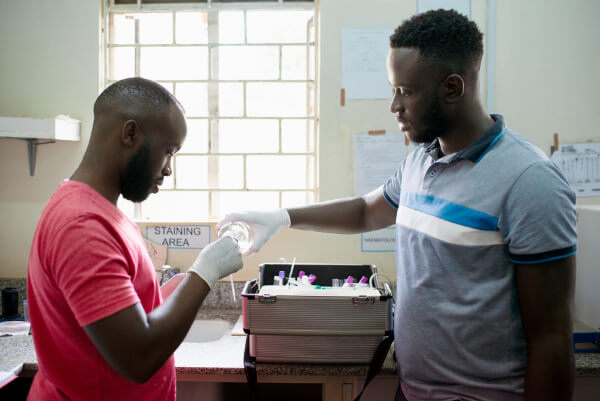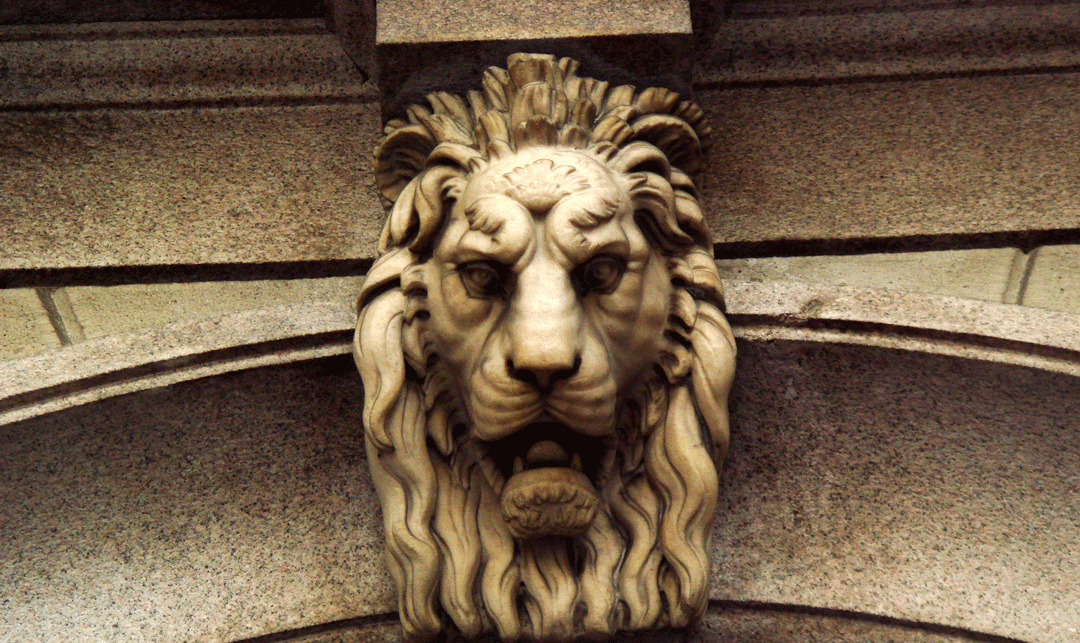
ALS Association CEO, Barbara Newhouse
The speech given by the former Yankee great Lou Gehrig 75 years ago was the most identifiable presence of Amyotrophic Lateral Sclerosis (ALS) in the public consciousness.
Then came the viral philanthropy sensation of the summer of 2014.
“The Ice Bucket Challenge has succeeded in not only raising more than $100 million, but in having people know about and refer to the disease—previously known for decades as Lou Gehrig’s disease—as ALS,” says Barbara Newhouse, president and CEO of the ALS Association. ALS is a disease that affects the motor aspects of the nervous system, gradually taking away all physical functions. Although there are exceptions (such as Stephen Hawking), the majority of patients die within two to five years of diagnosis.
Newhouse has spent her career in the nonprofit sector for medical conditions, some of which have treatments, but none of which have cures. Prior to assuming her role as the national president and CEO of the ALS Association in June, she had worked with the American Cancer Society (where she served as VP of Development for the San Gabriel office), the Alzheimer’s Association, the Autism Society of America, and the Arthritis Foundation.
Less than two months into her new position, the Ice Bucket Challenge made its splash, with everyone from Bill Gates to Homer Simpson taking the challenge and videotaping themselves being doused with a bucket of ice water and/or making a donation. The results thus far have been eye-opening – donations to the ALS Association in 2013 totaled $1.9 million. As of Sept. 2014, they had surpassed the $100 million mark for the year.
“The success of the Ice Bucket Challenge has turned the ALS strategic plan upside down,” admits Newhouse. “It’s caused us to move on research and other efforts more quickly. We want to stay focused on impacting care and services over short and long term. Whatever we do, it has to be sustainable. We want to be very careful and methodical in how we spend these monies.”
At its core, the Challenge was conceived as a way to literally splash the ice-cold reality of the disease into the public consciousness. It started as the brainchild of three affected individuals – Pat Quinn, Anthony Senerchia, and Pete Frates, the latter having started the phenomena.
Like Gehrig, Frates was a star athlete, a captain of the baseball team at Boston College with courage, a fierce determination to not give up, and to live life to the fullest every hour of every day. Despite ALS devastating his body, Frates has spoken in Washington about ALS, gotten married, and recently became a father (watching the ESPN video about him will just rip you apart).
It may be the vision of a powerful athlete’s seemingly invulnerable body being taken away from him while at the same time remaining able to think, reason, communicate, and understand what people are saying to the end (which Newhouse stressed as important for the people they interact with to know) that is as chilling as the ice water people who are pouring over themselves to help. It’s that that has grabbed and held our attention.
Perhaps the greatest benefit from the Ice Bucket Challenge is that it will serve as a model for other worthy causes in dire need of funding on how to use social media to help them.
A VIRAL PHENOMENON
Year founded 1985
Avg. # of Americans diagnosed with ALS annually 5,600
Donations received in 2013 $1.9 million
Donations received in 2014 $106 million*
People commenting, posting, or liking the Ice Bucket Challenge on Facebook 15 million*
* As of September 1, 2014
alsa.org













































